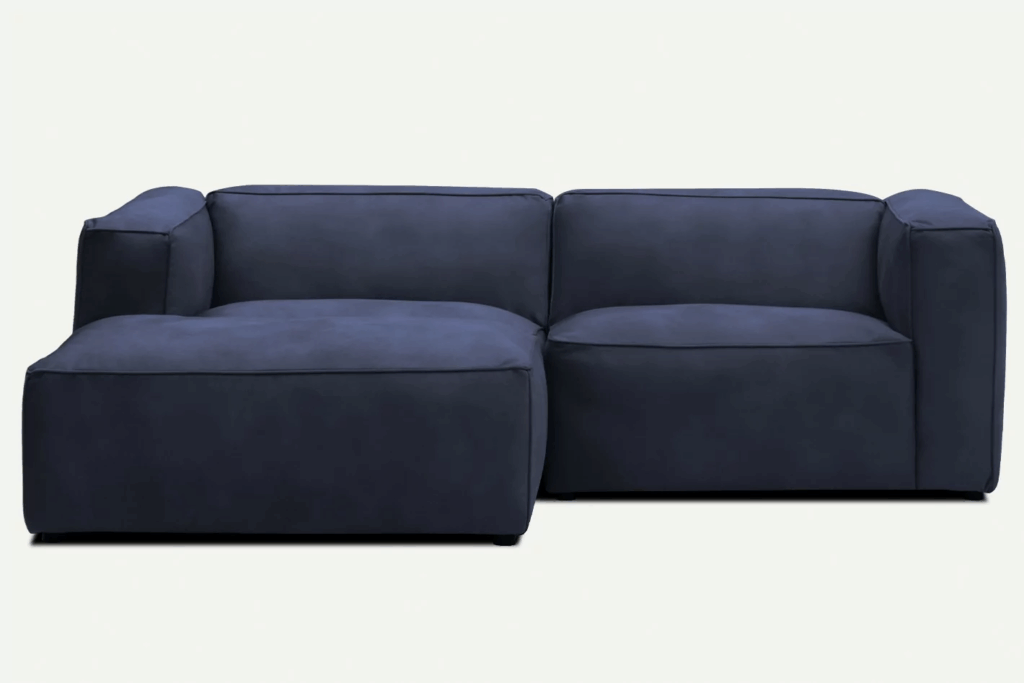Posted on May 11, 2025
How to coordinate furniture with wall colours
Mastering Colour Coordination Between Walls and Furniture
When designing a cohesive and inviting interior, matching furniture with wall paint is one of the most important elements to get right. The relationship between your walls and furniture can define the entire atmosphere of your home. Whether you’re refreshing a single room or planning a complete makeover, understanding colour coordination in interiors ensures balance, harmony, and visual appeal. This guide explores the principles behind successful colour pairings and offers practical tips for UK homeowners looking to elevate their spaces.
Start by identifying your room’s purpose and natural light conditions. In spaces with plenty of daylight, you have greater freedom with darker hues and bolder furniture shades. For smaller or dimly lit areas, lighter paint colours can open the space and prevent heavy-looking furniture from overwhelming the room. For example, pairing a deep navy sofa with soft white or light grey walls creates a refined and airy aesthetic. If you’re furnishing a space like a compact flat, check out our sofa collection for options in various tones and textures to suit any palette.

Choosing the Right Wall Colours for Your Furniture Style
A common approach to colour pairing is to either match or contrast your furniture with your walls. Matching involves selecting tones that are similar or within the same family—think beige walls with cream or taupe furniture for a serene look. Contrasting, on the other hand, uses opposing shades for a bold, contemporary feel, like combining white walls with a vibrant corner sofa. The key is to ensure that at least one element—whether it’s upholstery, accessories, or flooring—ties the colours together.
If your sofa or main furniture piece is neutral, such as grey or beige, walls in muted pastels, sage green, or even terracotta can bring subtle depth. For more vibrant furniture choices, such as mustard, emerald, or burgundy, opt for neutral wall tones to maintain a balanced environment. Visit our corner sofa collection for inspiration on how colourful furniture can transform your living room without clashing with your existing décor.
Harmonising Furniture and Walls with Accent Elements
Successfully harmonising furniture and walls often requires an intermediate step—introducing accents that link the colour schemes. Cushions, throws, rugs, artwork, and curtains play a vital role in bridging furniture tones with wall paint. For example, if you have a light cream wall and a dark green sofa bed, adding cushions in sage or forest green can tie the look together seamlessly.
Textures can also help unify contrasting colours. A velvet sofa in a bold colour becomes more adaptable when surrounded by soft textiles in complementary shades. For multipurpose spaces, such as guest rooms or home offices, integrating flexible furniture like sofa beds allows you to experiment with bold styles while keeping the space visually coherent.
Interior Colour Schemes That Always Work
If you’re unsure where to start, tried-and-tested interior colour schemes offer dependable results. Monochromatic schemes involve various shades of one colour for a minimalist effect, while analogous schemes combine colours that sit next to each other on the colour wheel—such as blue and green. Complementary schemes, like blue and orange or grey and mustard, create more contrast and energy, ideal for lively family areas.
Consider the emotional impact of colours too. Cool hues like blues and greens bring calm and relaxation, making them ideal for bedrooms or lounges. Warm tones like terracotta, ochre, and rust create inviting dining or social spaces. Whichever scheme you choose, ensure both your wall colour and furniture pieces work together to reflect the mood you want in each room.
Final Tips for a Balanced and Stylish Interior
Before making final decisions, test paint samples alongside fabric swatches to see how the colours interact in different lighting conditions. Don’t forget that finishes matter—matte walls reflect colour differently than glossy surfaces, and your furniture’s material (leather, fabric, velvet) can influence how bold or subtle a colour appears. Embrace flexibility by choosing modular or neutral base pieces and swapping out accent colours seasonally.
Ultimately, the goal is to design a space that feels cohesive, functional, and uniquely yours. With smart planning, even bold-coloured furniture can be coordinated beautifully with your chosen wall shades. For more inspiration, browse our full range of sofas, sofa beds, and corner sofas tailored to modern British homes.
This article explores practical advice for matching furniture with wall paint, a key aspect of colour coordination in interiors. Learn how to choose wall colours for furniture and create balanced interior colour schemes that work in UK homes. With tips on harmonising furniture and walls, this guide helps you build stylish and cohesive living spaces.

